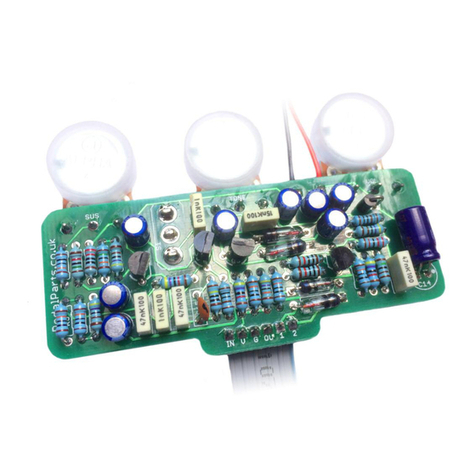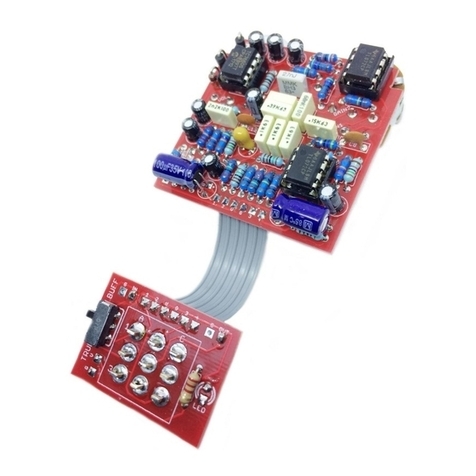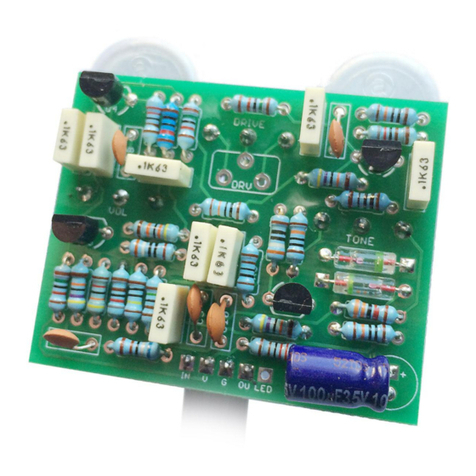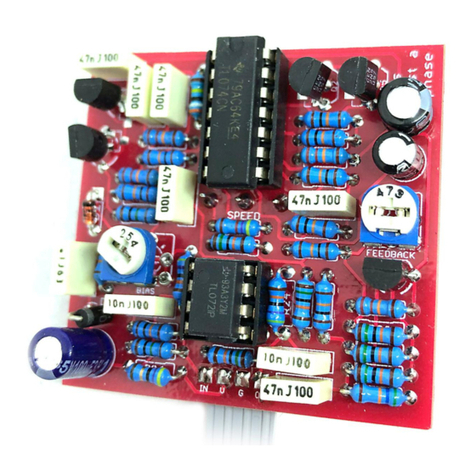FuzzDog Bionic GuzzFun User manual
Other FuzzDog Music Pedal manuals
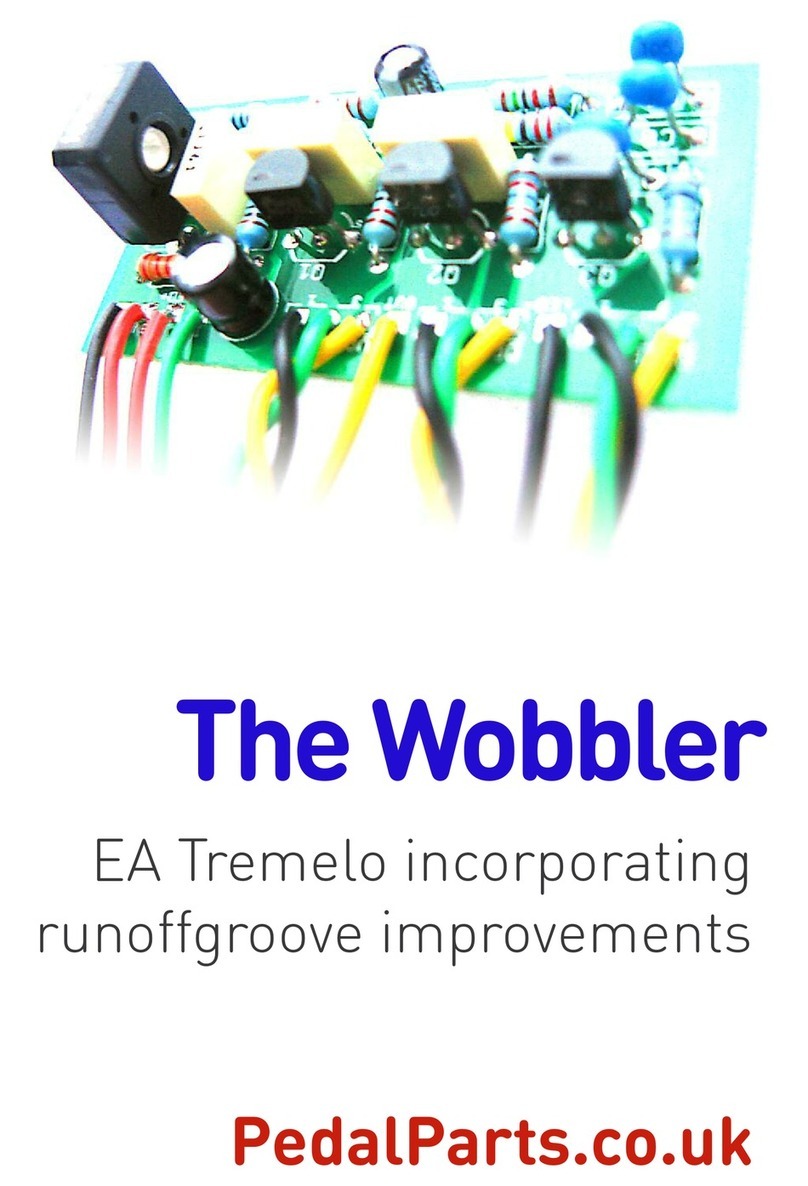
FuzzDog
FuzzDog The Wobbler User manual
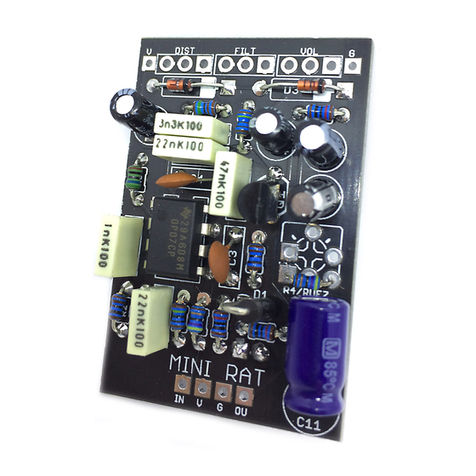
FuzzDog
FuzzDog FuzzPup Rodent User manual

FuzzDog
FuzzDog Ruby/NoisyCricket User manual
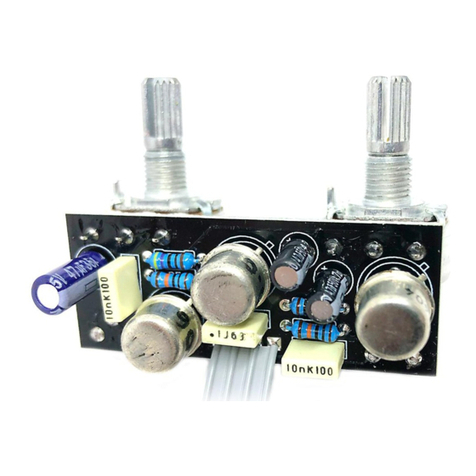
FuzzDog
FuzzDog Tone Bender Mk II User manual
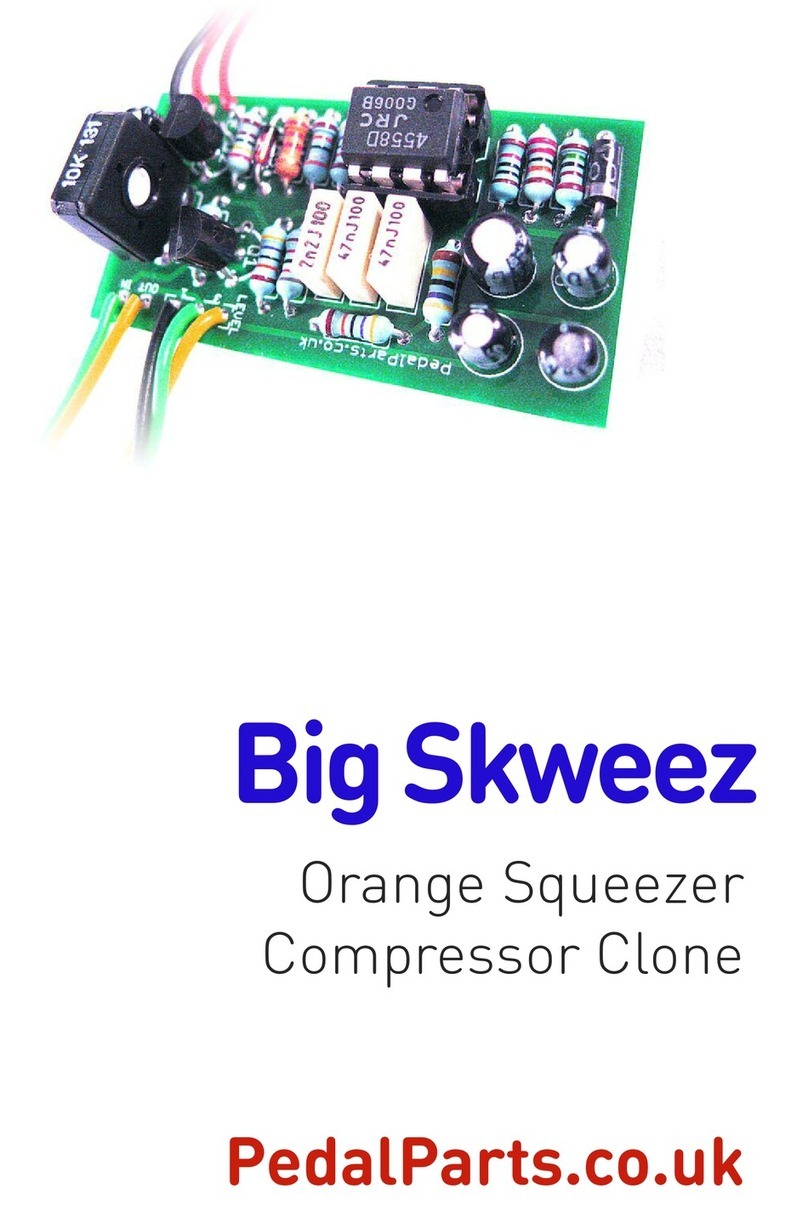
FuzzDog
FuzzDog Big Skweez User manual
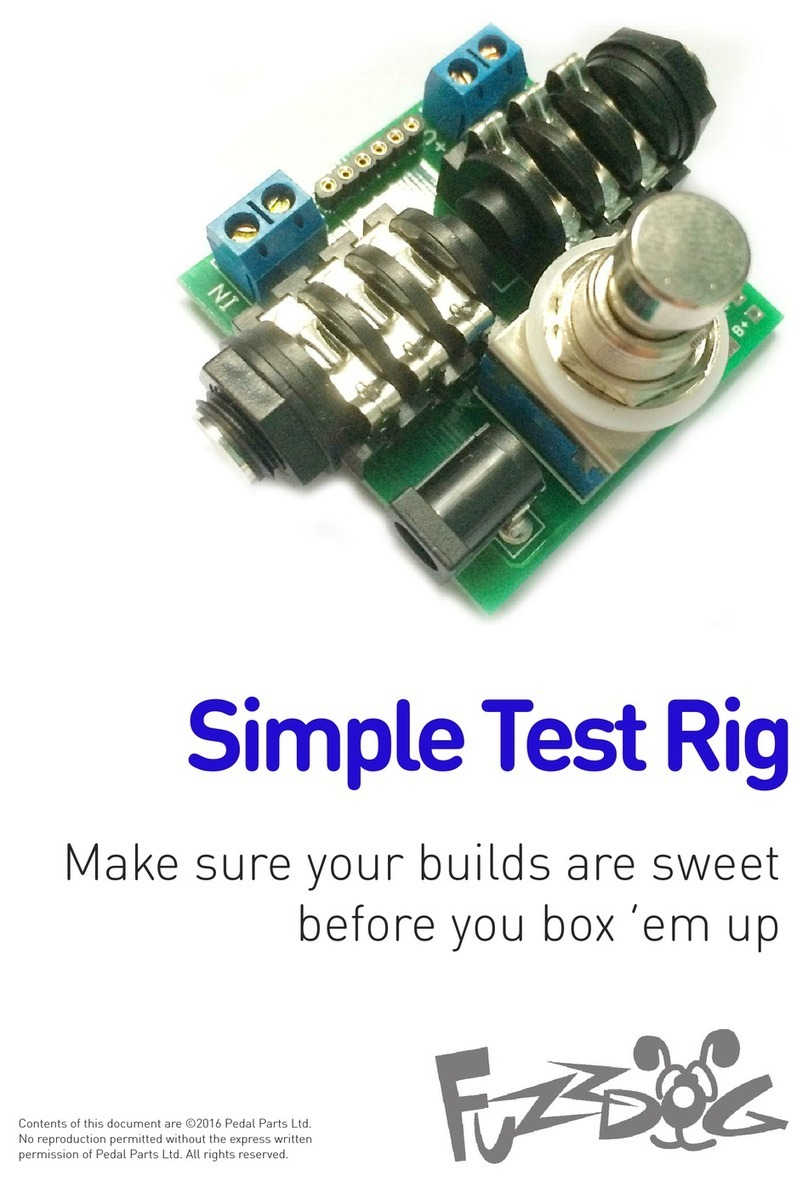
FuzzDog
FuzzDog SimpleTestRig User manual
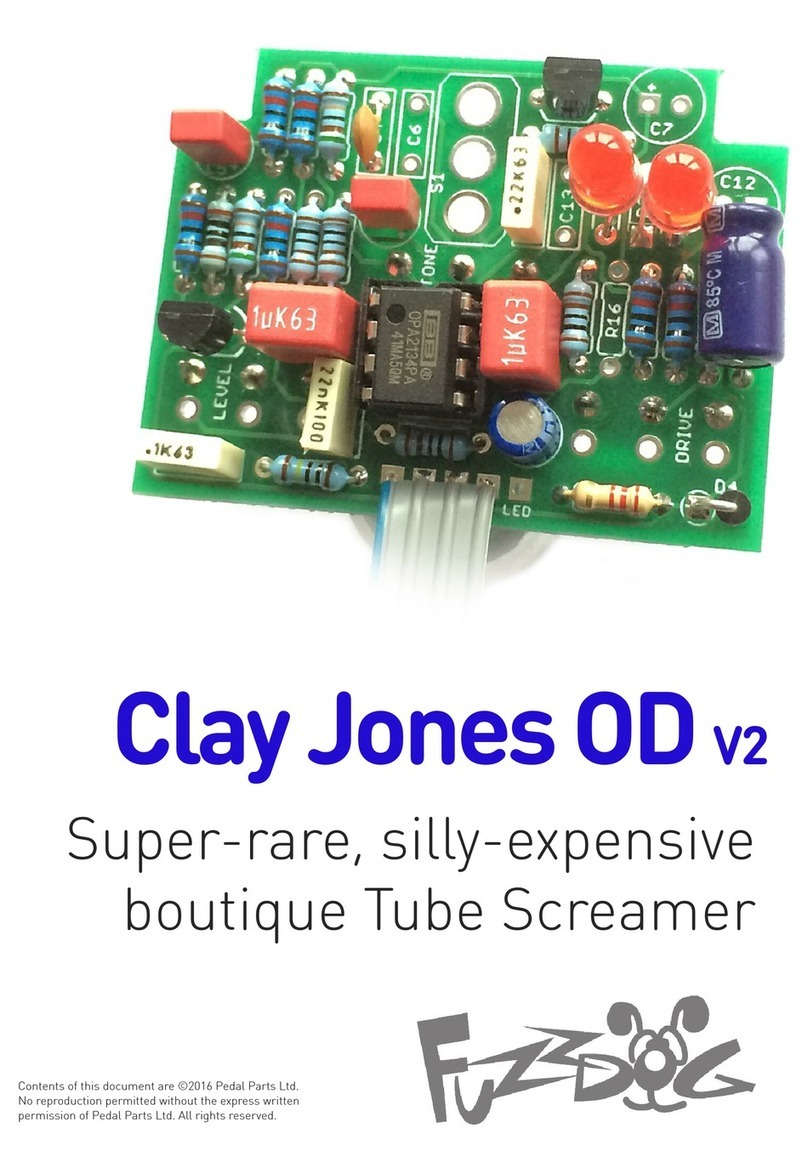
FuzzDog
FuzzDog Clay Jones OD V2 User manual

FuzzDog
FuzzDog RockBox User manual
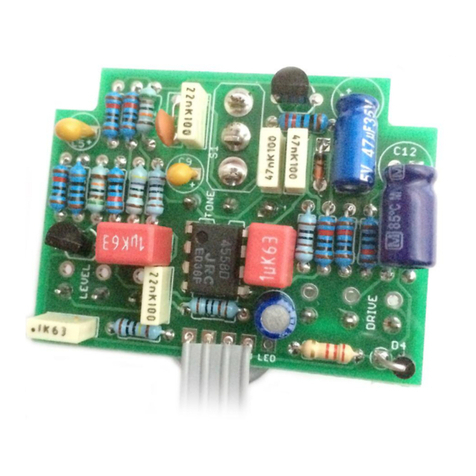
FuzzDog
FuzzDog Tube Screamer v4.0 User manual
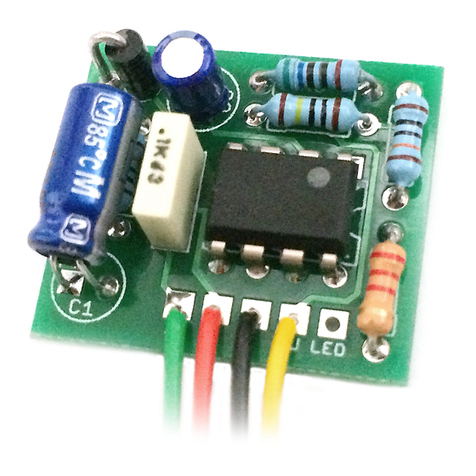
FuzzDog
FuzzDog KlonBuffer V3 User manual
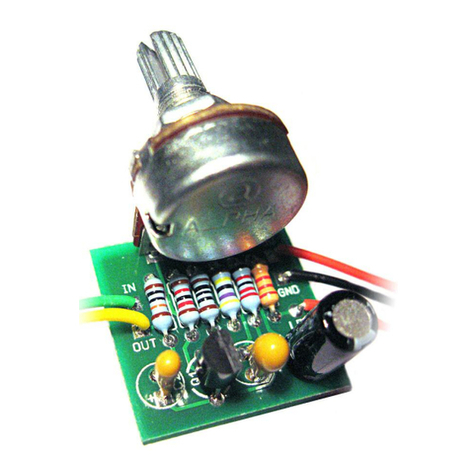
FuzzDog
FuzzDog Blaster! User manual
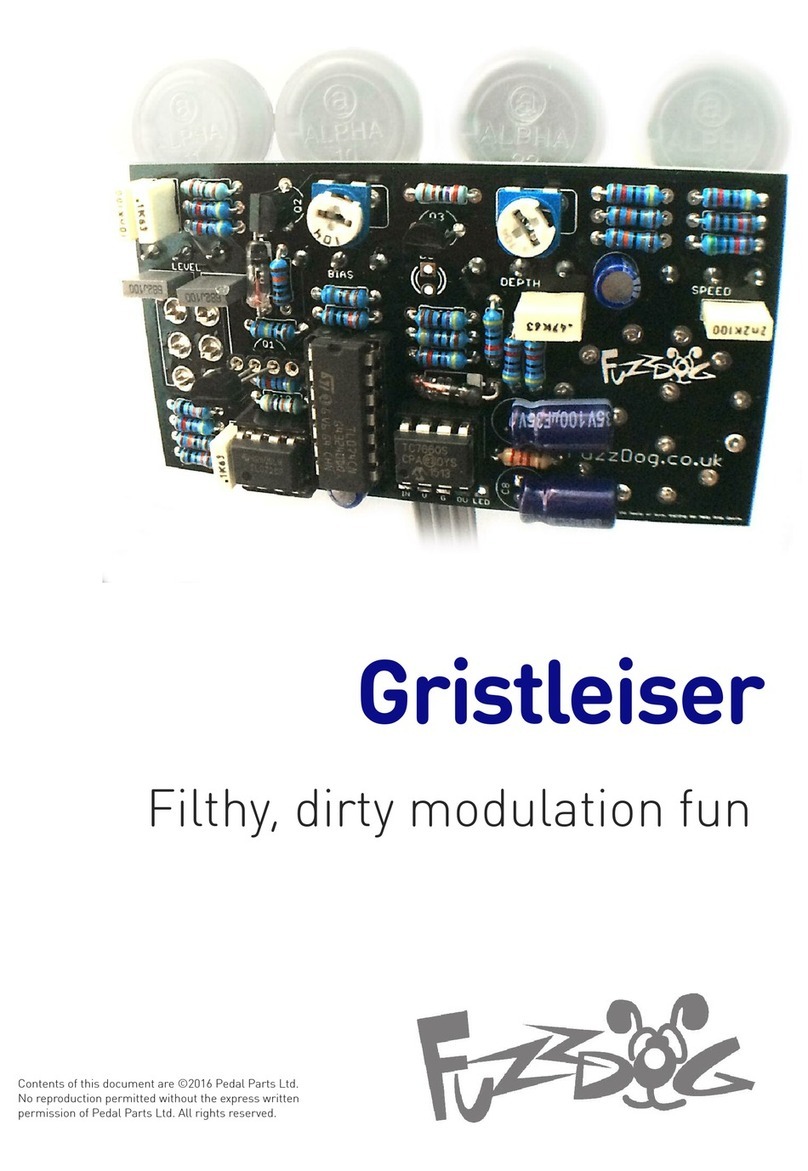
FuzzDog
FuzzDog Gristleiser User manual
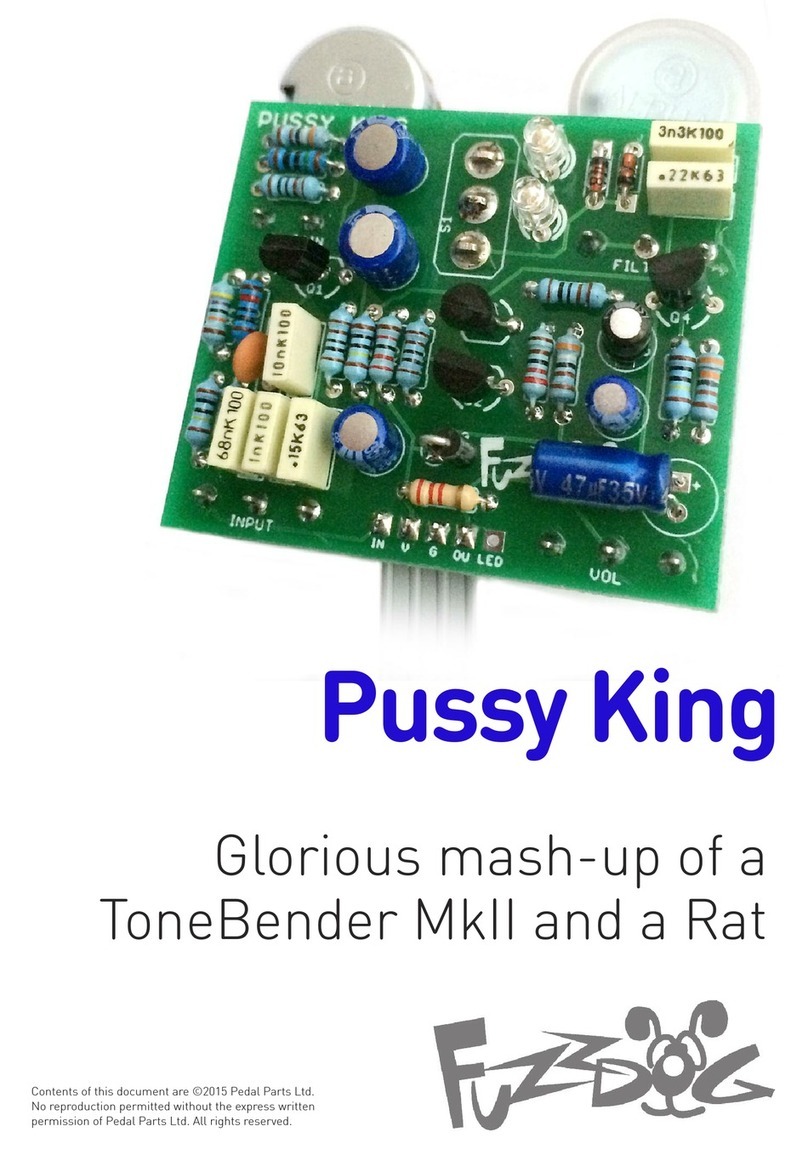
FuzzDog
FuzzDog Pussy King User manual
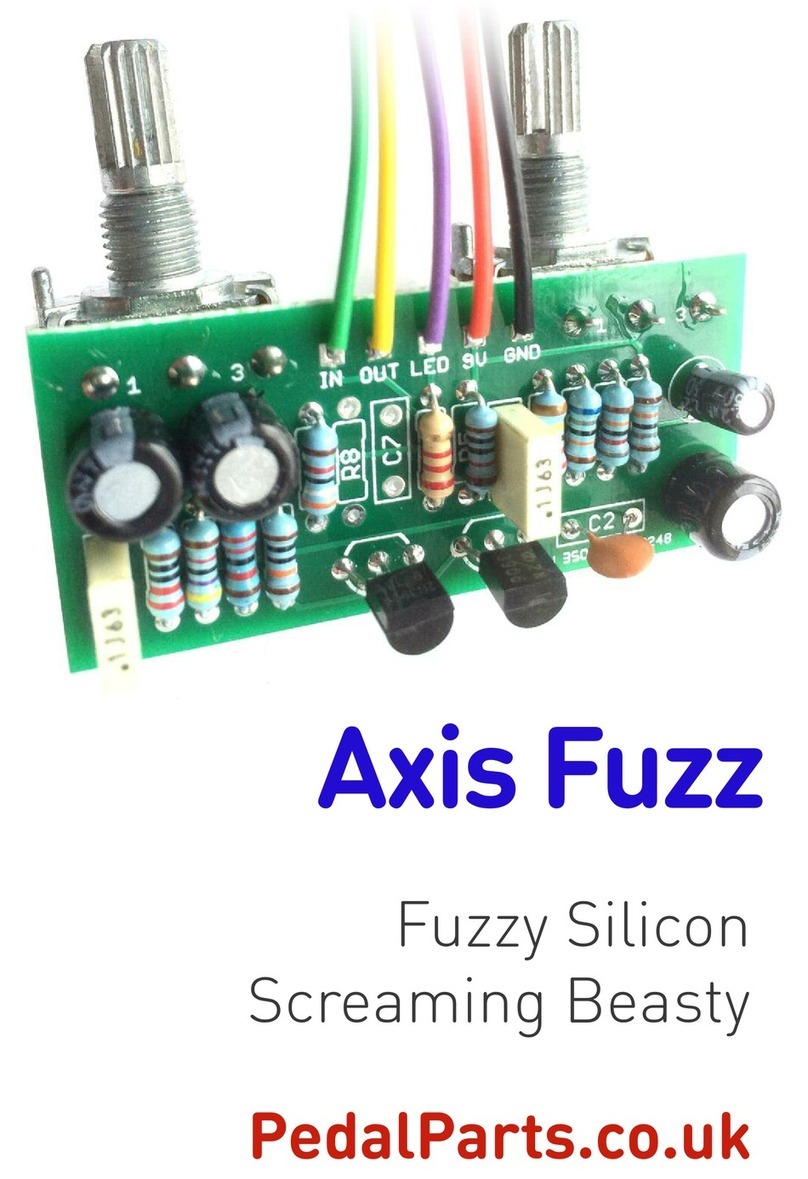
FuzzDog
FuzzDog Axis Fuzz User manual

FuzzDog
FuzzDog Super Fuzz User manual
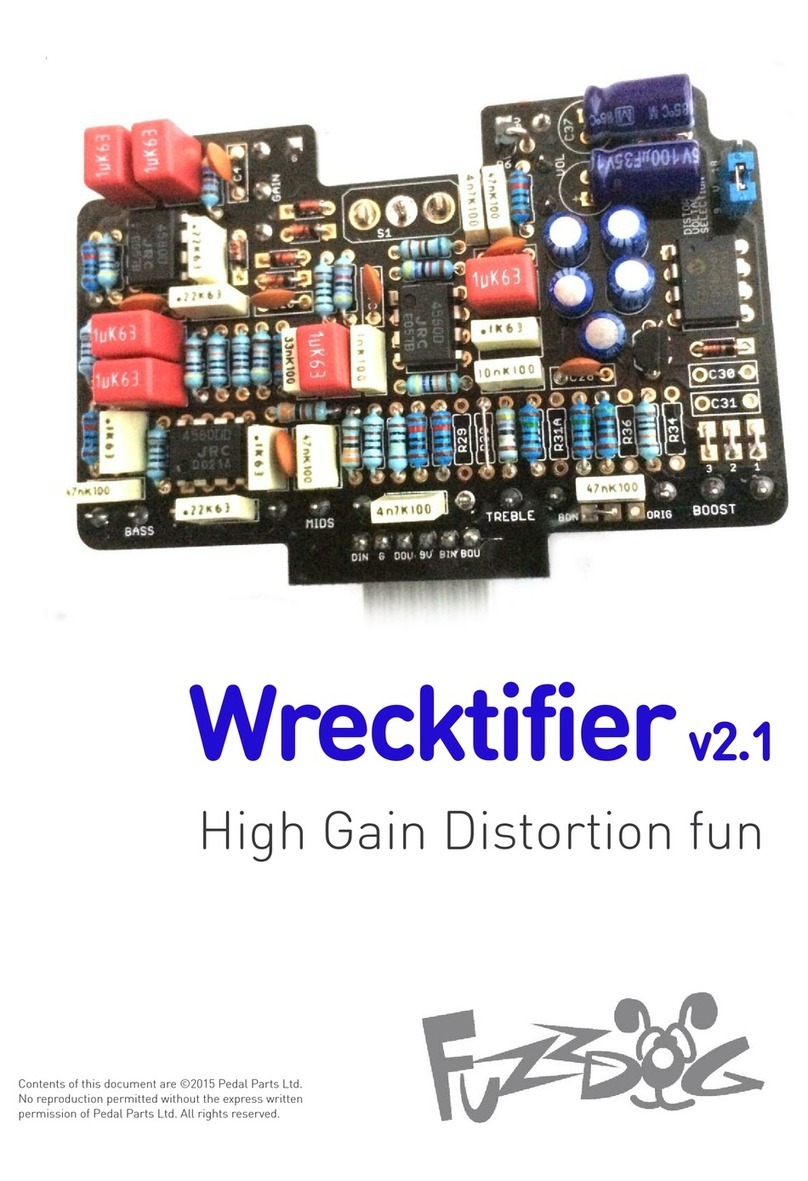
FuzzDog
FuzzDog Wrecktifier User manual

FuzzDog
FuzzDog MicrAmp User manual
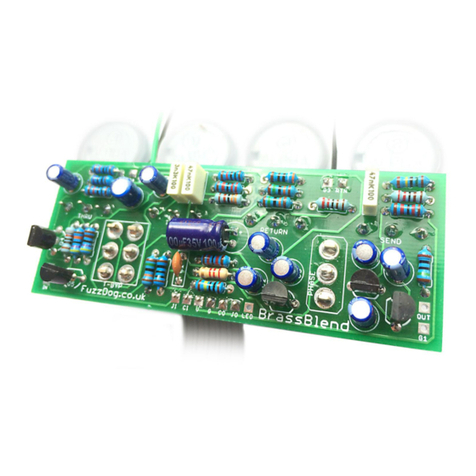
FuzzDog
FuzzDog BrassBlender User manual
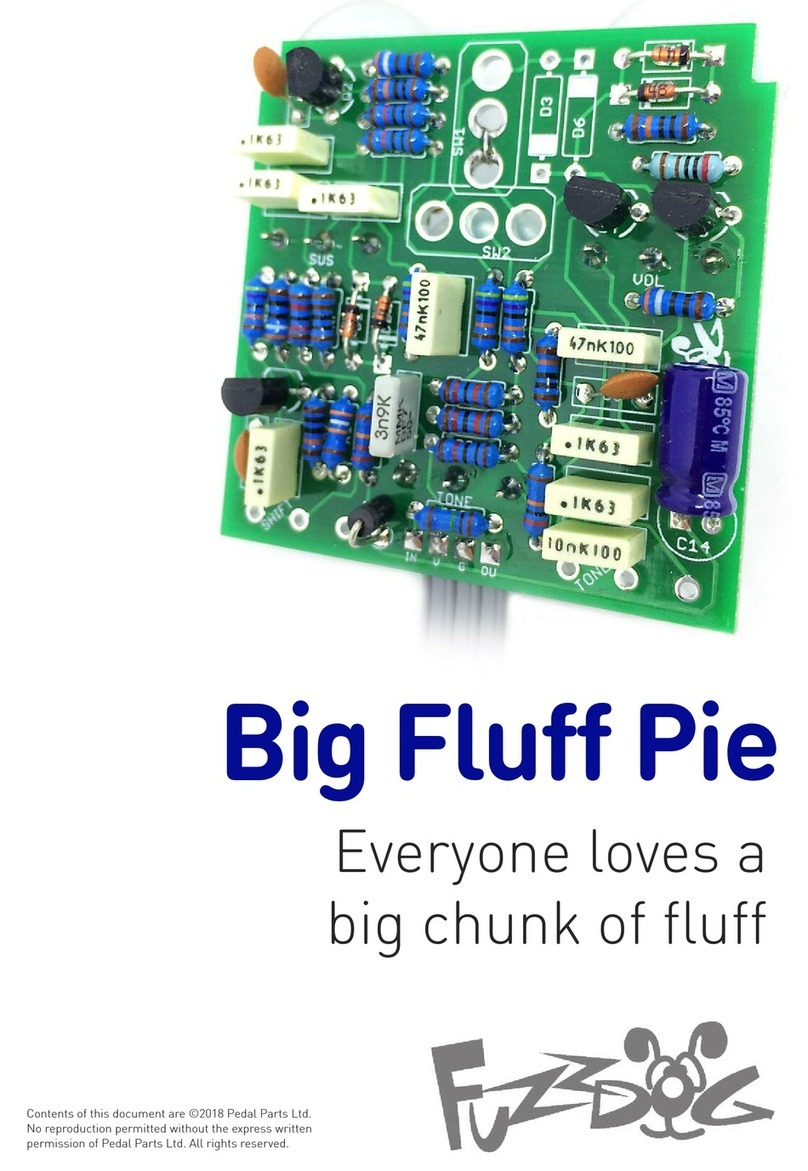
FuzzDog
FuzzDog Big Fluff Pie User manual
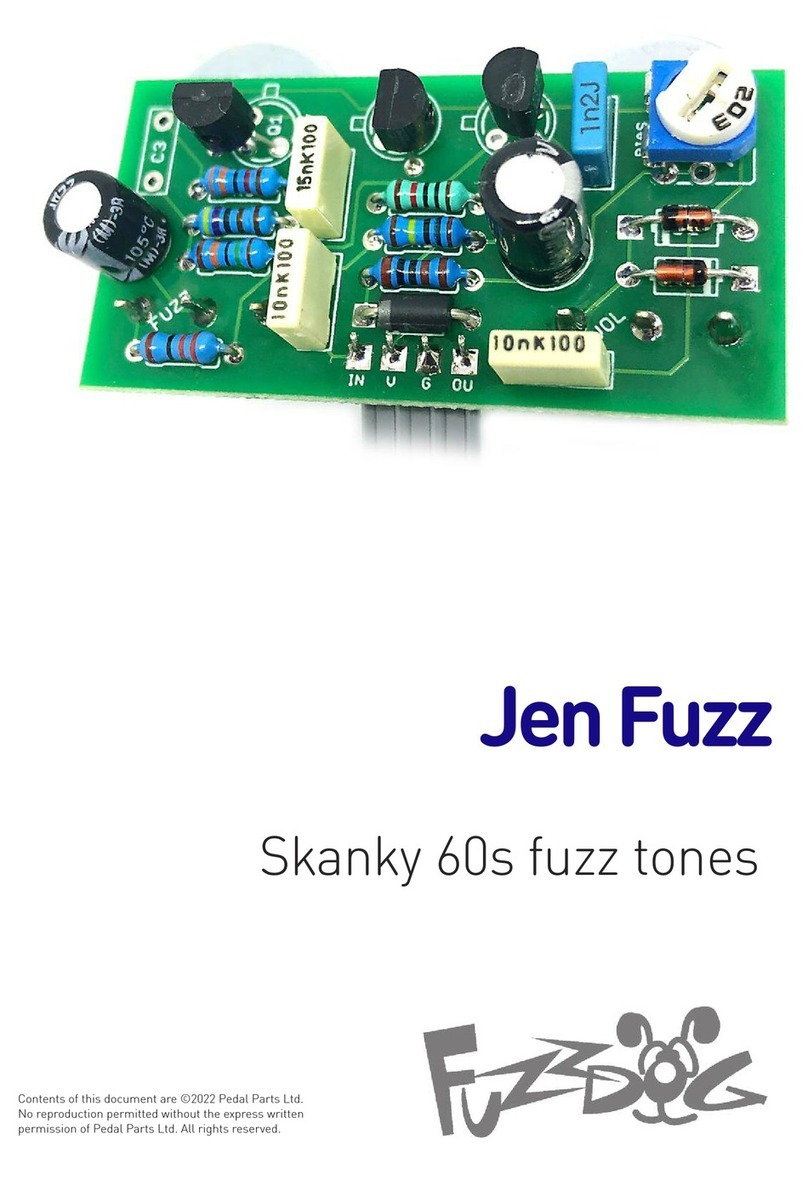
FuzzDog
FuzzDog JenFuzz User manual
